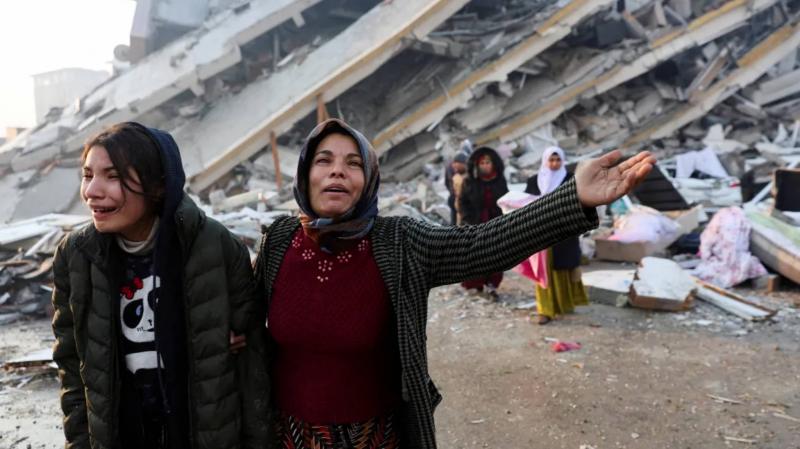The earthquake on February 6 was the deadliest and most devastating in modern Turkish history, reigniting fears of a larger disaster on the other side of the country in Istanbul, leading hundreds of thousands to seek safer homes. Official data indicates that around five million out of 16 million people in Turkey's largest city live in precarious housing, as the city sits north of a fault line that crosses the Sea of Marmara in northwestern Turkey. Since the earthquakes claimed the lives of over 50,000 people, anxiety has gripped city residents, recalling memories of the 1999 earthquake that resulted in 17,000 deaths in the region. Tens of thousands of buildings collapsed in the February earthquake, raising accusations that lax construction standards throughout Turkey contributed to the disaster and heightened concerns about the safety of many old buildings in Istanbul. Since the quake, the number of requests in Istanbul for demolition and reconstruction of at-risk homes—housing nearly 500,000 people—has tripled.
Sevgi Demiray, 25, whose uncle and friends died in the earthquake in Antakya, stated, "I was aware of the danger in Istanbul, but when such a big earthquake occurred, I began to feel the reality more and I became worried." She noted that the fear of another tragedy prompted her to leave Istanbul because she cannot afford a new apartment there. Similar fears spread after the 1999 earthquake, but subsided over time. It remains unclear how many people have left Istanbul in the past two months. The head of a furniture moving association said that between 15 to 20 people now contact companies daily for moving requests, compared to three to five before the earthquake.
The urgency to find safe housing comes ahead of the May 14 elections, seen as the greatest political challenge for President Recep Tayyip Erdoğan since he came to power two decades ago. According to a 2019 report by earthquake scientists, a 7.5 magnitude earthquake similar to the February quake could cause at least moderate damage to 17 percent of the 1.17 million buildings in Istanbul located on the Bosporus Strait separating Europe and Asia. However, scientists stated that the February disaster did not alter the likelihood of an earthquake in Istanbul, as the two regions lie on different fault lines. Yet many residents expressed feeling trapped between a cost-of-living crisis, with inflation reaching a 24-year high of over 85 percent in October, and dwindling job prospects elsewhere.
Any disaster in Istanbul would impact the Turkish economy, as the wider Marmara region accounts for about 41 percent of the country’s gross domestic product. The Economic and Social Research Center at Bahçeşehir University reported that house rental prices in Turkey surged by 190 percent in February compared to the previous year, with rent in Istanbul increasing by 138 percent. Environment and Urban Development Minister Murat Kurum stated this week that approximately 1.5 million homes are considered at risk in the city. According to official data, more than three people on average live in each of these dwellings, meaning up to five million residents are affected.
Istanbul’s housing agency reported it has received requests for the demolition and reconstruction of 490,000 homes at cost price, a rise from 25,000 requests before the earthquake. However, the housing agency clarified that only 200 of the applicants have reached the construction phase, as at least two-thirds of residents in any building must approve the project. The Istanbul municipality has received over 150,000 requests to assess the safety of certain buildings, with this process expected to take a year.




